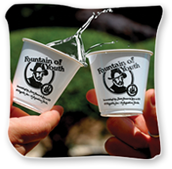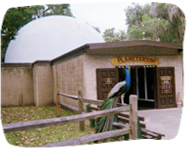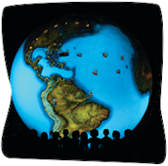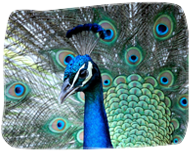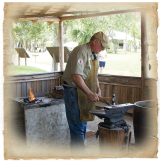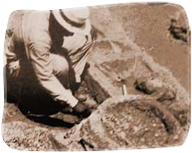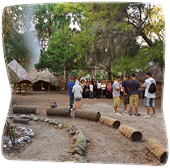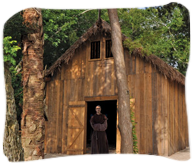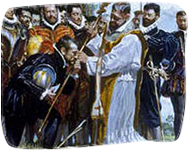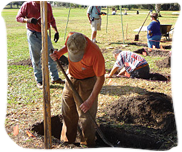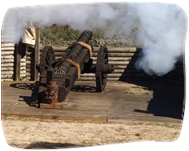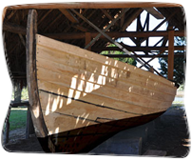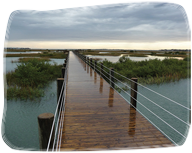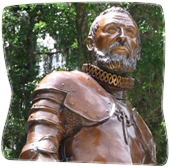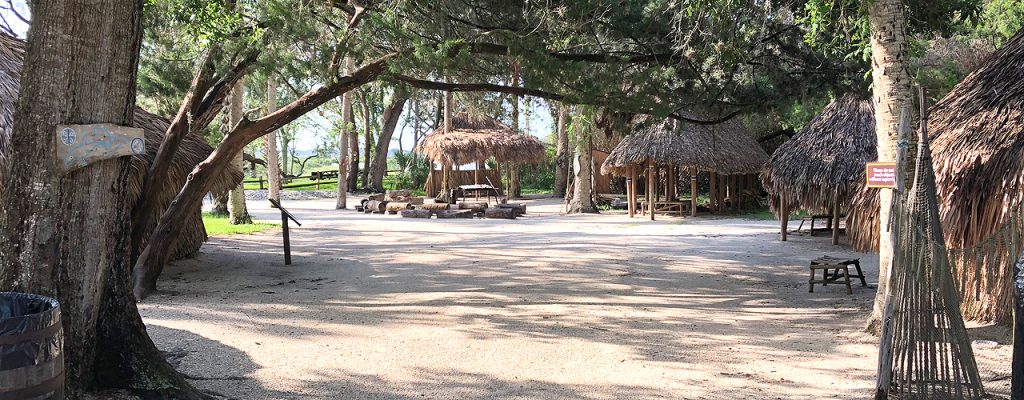
TIMUCUAN village
When Pedro Menedez de Aviles landed here on September 8, 1565, he did so at a bustling town that was a tool and pottery making center of activity. The Timucua were governed by a Cacique (Chief) named Saturiwa, and were initially friendly to the Spanish. As the cultures existed side by side, difficulties arose, and European diseases took a horrible toll on the Timucua. These diseases and politically-motivated warfare over the succeeding decades spelled doom for this culture. The last known Timucua died in Cuba inthe early 1700s.
We celebrate the culture of these proud Native Americans in a reconstructed portion of the town of Seloy. Our Living History Interpreters will help you to understand what day to day life was like in the village, how the Timucua hunted, fished, made fine pottery and shell tools, and how they finally slipped away into history.
The Timucua in this area used canoes to travel by water. It is thought that these canoes were fashioned using a method that included burning and scraping, and we are recently completed construction of a dugout canoe using these Timucuan methods. Fashioned from a single pine log, this canoe is now on display down at the waterfront by the Spanish Watchtower.
In 2013, we completed construction of an historically-correct anoti, a large Timucuan family house, and a nihi paha, a special meeting house. Although the Timucua are gone, they are not forgotten. Come learn about the first denizens of the area and their culture, and be sure to ask about the 1,000 year-old domesticated dog burial discovered here at the Park!
The Timucua in this area used canoes to travel by water. It is thought that these canoes were fashioned using a method that included burning and scraping, and we are recently completed construction of a dugout canoe using these Timucuan methods. Fashioned from a single pine log, this canoe is now on display down at the waterfront by the Spanish Watchtower.
In 2013, we completed construction of an historically-correct anoti, a large Timucuan family house, and a nihi paha, a special meeting house. Although the Timucua are gone, they are not forgotten. Come learn about the first denizens of the area and their culture, and be sure to ask about the 1,000 year-old domesticated dog burial discovered here at the Park!

